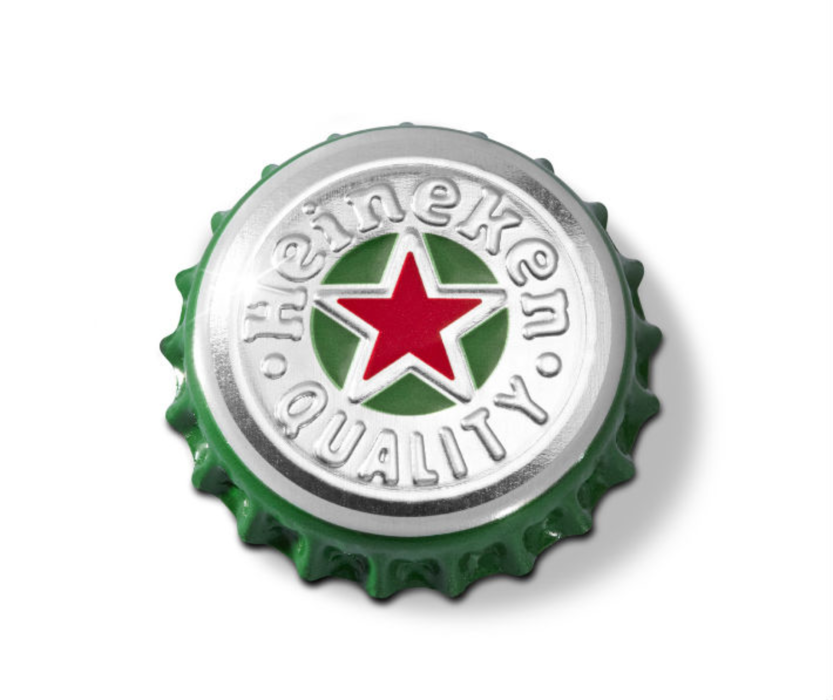Photo source: Heineken International B.V
Having silos not only damages the customer experience, but it also impacts internal communications and resource allocation. Beer brand Heineken learned this firsthand when it experienced the pains of having a disjointed view of its divisions’ commercial marketing budgets.
When Michelle Nachtweih joined Heineken as a national sales director almost two years ago, she realized that the beer brand didn’t have a system in place for managing the budgets and creative of its commercial marketing program. As a result, she and her team would rely on emails and spreadsheets to organize programs (e.g. point of sales initiatives, displays) across 18 divisions.
“Some of my sales managers were leveraging Excel to be able to manage their budgets; some of them used folders on their computers to put in programming; some relied strictly on email to house the information; [and] some of them didn’t plan their budgets at all…There was a lot of development needed,” she says.
Nachtweih needed a way to streamline the programming process and have clearer visibility into her divisions’ creative and budgeting to avoid over- or under-spending. So when she came across Shopperations’ shopper marketing collaboration platform, she decided to test it and had Heineken implement the cloud-based solution for its corporate team in May 2016.
Olga Yurovski, founder and CEO of Shopperations, describes shopper marketing as the alignment of brands and retailers to create better shopping experiences, more comprehensible strategies, and longer-term partnerships. Through Shopperations, brands can create a hierarchy of brands and sub-brands, she says, and create budgets for each category. Companies can then see how much each department is contributing to each program, she adds, and leverage a unified nomenclature where everyone is seeing the same product categories, line items, and budget updates.
By rolling up her divisions’ investments and programs into a single dashboard, Nachtweih had her “really big aha moment” and saw that Heineken was over investing in Dos Equis’ commercial marketing. As a result, she was able to make some “strategic shifts” and re-invest in other areas of the business that needed more attention.
“[We had this] disjointed picture beforehand where we just didn’t understand, at a high level, how our programs were rolling out,” she says.
In addition to this insight, Nachtweih says that her team, which manages Heineken’s relationship with Kroger, came at 99% spend on its 2016 commercial budget. She also says that she allocated her 2017 budget “pretty smoothly” and that there is now better internal collaboration.
“In terms of results, a lot of it truly is the organizational piece,” she says, “and saving time, being more collaborative in the space, and leveraging technology to do it.”
The success of the tool has also led to an internal shift. The technology will now be headed by the commercial marketing team as opposed to the sales department.
However, the process wasn’t completely smooth sailing. Nachtweih admits that some team members showed resistance to the platform and continued to be “set in their ways” in terms of budgeting. However, she says having new team members embrace the technology has helped with adoption.
“Change takes time,” she says. “We can’t expect everybody to evolve overnight.”
As for lessons learned from this experience, Nachtweih says it’s just understanding how complex programs can be and how much goes into compartmentalizing all of the different details.
“There’s just so many balls in the air at all times,” she says. “If you don’t have a way of keeping track of it, it can become chaotic pretty quickly.”








